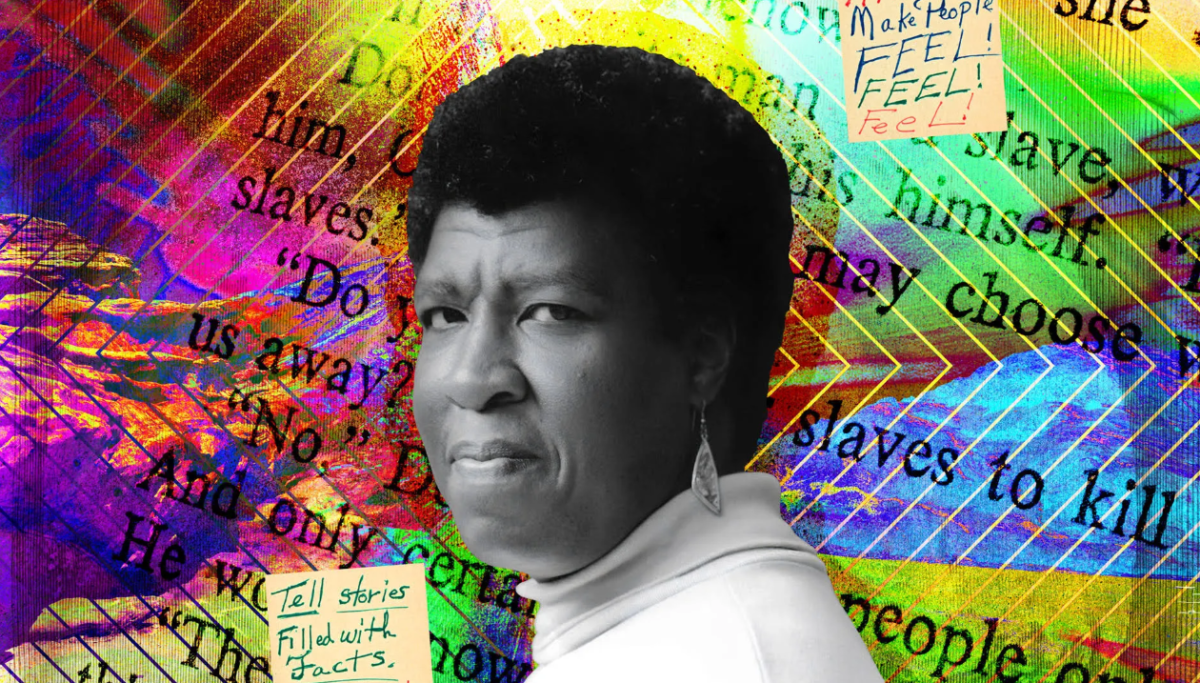The prison industrial complex (PIC) is still thriving in 2025 and disproportionately affects Black communities nationwide, especially here in Houston, Texas. Despite years of advocacy and reform initiatives, I have personally witnessed how the criminal justice system upholds racial and economic inequities as a Black journalist reporting social justice topics.
An Injustice-Based System
The overlapping interests of the public and corporate sectors that use incarceration as a way to make money and uphold social control are referred to as the “prison industrial complex.” Due to mandatory minimum punishment, racially biased police, and for-profit prison contracts, this system disproportionately targets Black neighborhoods.
Although they only make up about 19% of Houston’s population, Black people make up almost 45% of Harris County’s prison population (Source: Harris County Sheriff’s Office, 2024). According to the Bureau of Justice Statistics (BJS), Black Americans, who make up roughly 13% of the U.S. population, account for over 38% of those behind bars. These discrepancies are part of a nationwide trend.
“These statistics are not surprising,” said Dr. Angela Johnson, a criminal justice reform advocate. They draw attention to the pressing need for policy reform and reflect the systemic racism ingrained in our institutions.
Profit Motives and Private Prisons
In 2025, corporate interests are still firmly established despite prior administrations’ attempts to phase out private prisons. Businesses like GEO Group and CoreCivic are still able to land big contracts with the federal, state, and local governments. About 15% of all prisoners in Texas are housed in private prisons, with a disproportionately high number of Black men (Source: Texas Department of Criminal Justice, 2024).
These businesses benefit from the high incarceration rates, which encourage laws that prioritize punishment over rehabilitation. Their impact can be seen in legislation, where they advocate for stricter sentencing guidelines and more police presence in underprivileged areas.
Marcus Greene, a criminal justice policy expert, claims that communities of color are disproportionately targeted for arrest and incarceration due to the financial motivation in our justice system. The financial motives behind mass incarceration need to be addressed.
The Pipeline from School to Prison
The school-to-prison pipeline is another important element contributing to the PIC’s tenacity. According to the Texas Education Agency (2024), black students in Houston ISD have a 4.5-fold higher chance of being suspended or expelled than their white counterparts. These disciplinary measures create a concerning trajectory toward incarceration by raising the possibility of contact with the juvenile justice system.
“We need to rethink how we discipline our students,” said education advocate Lisa Martinez. Too frequently, rather than receiving the assistance they require, Black children are diverted into the criminal justice system.
Black Families’ Economic Impact
In Houston, jail has a crippling financial impact on Black families. It is challenging to escape the cycles of poverty caused by legal expenses, bail bonds, and the loss of income from family members who are incarcerated. Further highlighting economic inequities, a recent research by the Prison Policy Initiative revealed that the median annual income of Black men before to incarceration was $17,500, while that of white men was $39,000.
The Battle for Reform
In Houston, community leaders and activists are still fighting for significant changes including bail reform, more funding for mental health care, and alternatives to jail. Restorative justice policies and practices that tackle the underlying causes of crime, like poverty and lack of access to education, are promoted by groups like Houston Justice and the Texas Organizing Project (TOP).
Looking Ahead: Ways to Improve the Future
There are encouraging efforts to dismantle the PIC, even though the obstacles are still formidable. Houston’s community-based reentry programs and new diversion programs enable people who have served time in prison reintegrate into society and lower recidivism rates.
Overview of the Data and Insights
The incarceration trends in Houston, Texas, are broken down as follows:
(Source: 2025 Report on the Harris County Criminal Justice System)
In conclusion
Black communities in Houston and elsewhere continue to be disproportionately impacted by the prison industrial complex. Even if there is progress, structural transformation necessitates ongoing community involvement, legislative reform, and activism. Solutions that promote equity, rehabilitation, and real justice for all must be given top priority as we proceed.







